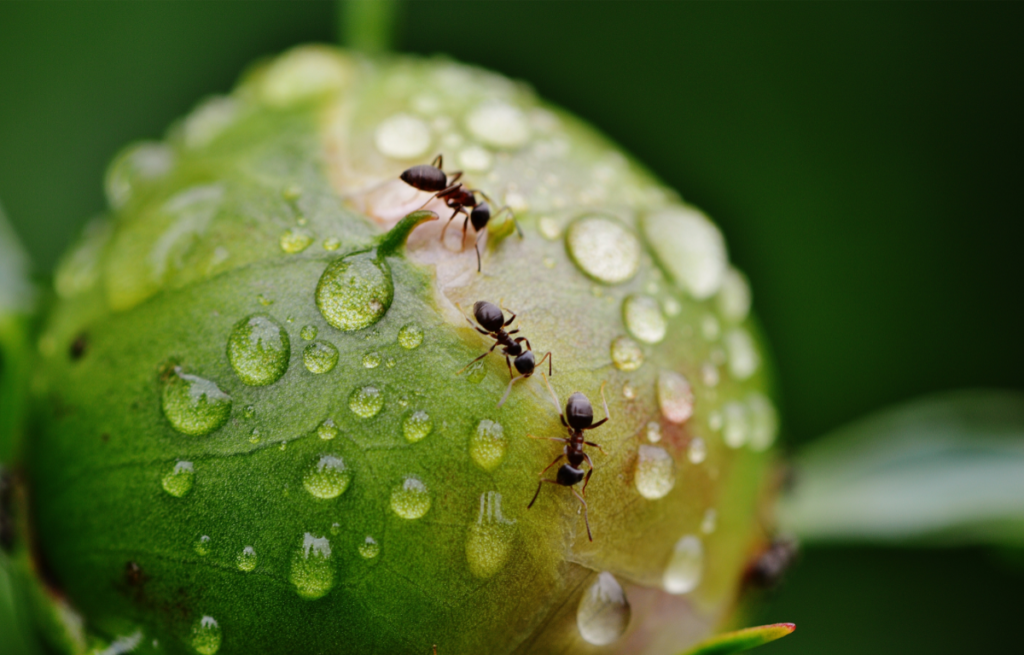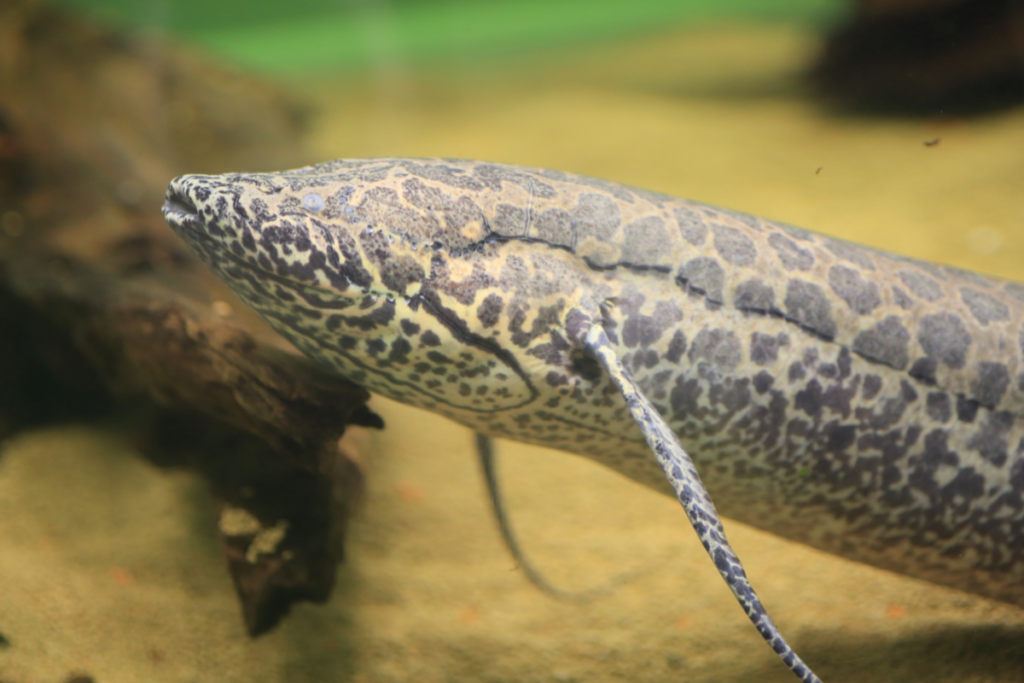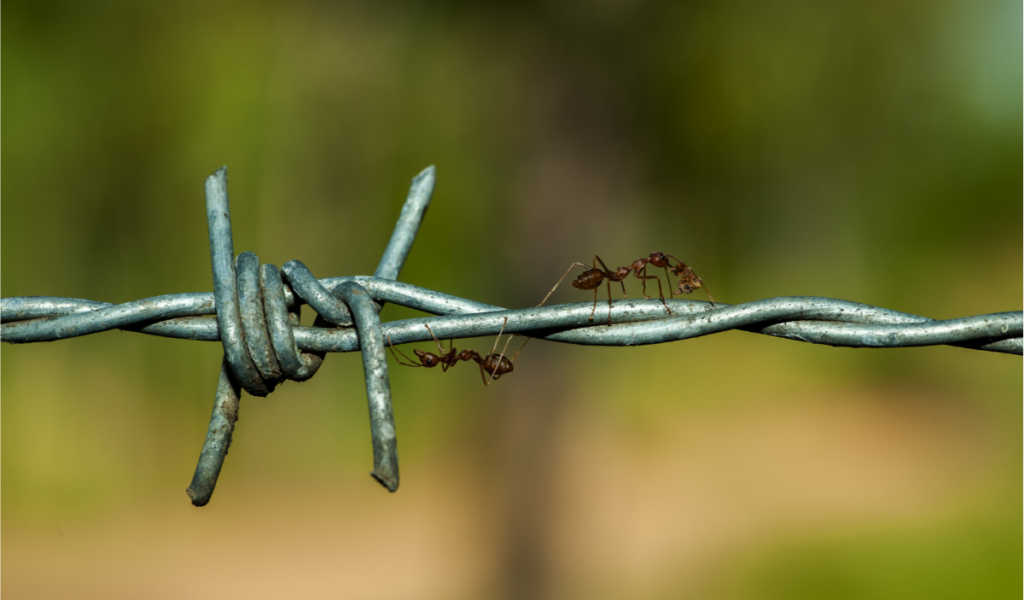Welcome back to the Lab!
In 2020, MBHI began a partnership with the DNA Learning Center at Cold Springs Harbor Laboratory in Long Island. This partnership is part of an ongoing, nationwide effort to collect, identify and map ant species around the US using DNA barcoding. The project, aptly named Barcoding US Ants, is just one example of the citizen science projects MBHI aims to participate in.

To understand the results of last years collection efforts, it’s important to first understand what DNA barcoding actually is. Each living organism on this planet has a unique genetic code that can be used as an identifier in the same way a UPC code can be read to identify an item at a grocery store. DNA is stored in the nucleus of our cells, and is made of thousands to millions to billions of base pairs. Simply put, these base pairs form the entirety of an organism’s genetic code or genome. Genomes vary in length, and the length of a genome does not necessarily translate to organism complexity. Case in point: Humans have a genome made up of ~3.5 billion base pairs. The marbled lungfish has a genome comprised of ~132.8 billion base pairs.

The first obstacle to analyzing DNA is the size. DNA molecules are small. Really, really small. So before analysis can happen, the DNA needs to be amplified. This is essentially the process of making millions upon millions of copies of a single strand of DNA in order to have a large data pool to analyze. The most common method for amplifying DNA is known as PCR (polymerase chain reaction), and chances are, you’ve heard of it.

Once PCR is completed, the amplified DNA can be sent off for analysis, and the collected species can be identified.
So why identify species this way? PCR is now an accessible way for anyone to identify organisms without having a taxonomic (or scientific) background. While we here at MBHI are insect enthusiasts (understatement, I know), we are far from professional ant taxonomists. Yet we were able to contribute to a collaborative species map, helping inform scientists of the distribution of ant species and their movements in response to habitat destruction and climate change. And starting this summer, you can do the same.
MBHI is extending the opportunity to participate in Barcoding US Ants to the wider community. To find out more, check out our website!
Until next time, thanks for visiting the lab!
Bug Wrangler Brenna
brenna@missoulabutterflyhouse.org
Want to revisit a previous Notes from the Lab issue? Check out our archive! Do you want to request a subject for an upcoming issue? Email me at the address above and put “Notes from the Lab” in the subject line.